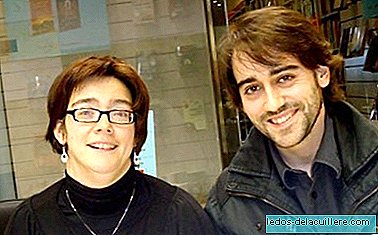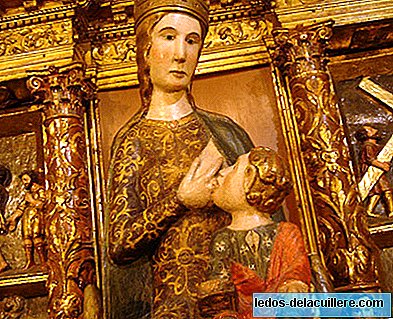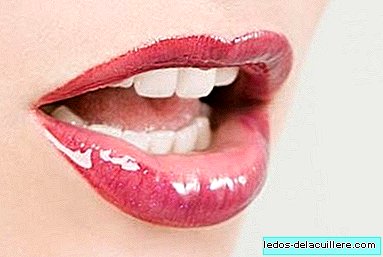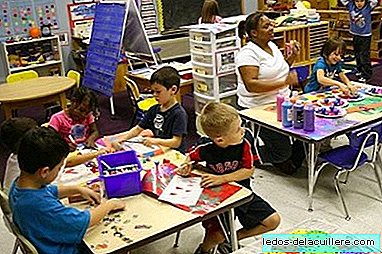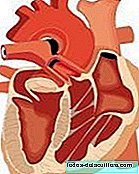
Children with heart block (slowing heart rate) can be treated in the future with their own cells thanks to a novel cell design to replace the pacemaker. Researchers at the Children's Hospital of Boston (USA), have been working with mice achieving the design of a cell tissue of the animal itself, for this, skeletal cells were obtained from the mice and isolated precursor cells of muscle tissue called myoblasts.
They then placed myoblasts on a collagen surface creating a living tissue in three dimensions suitable for transplantation into the heart of the diseased mouse. Said tissue was stimulated by the electrical impulses and the cells that made up this tissue, produced a certain protein that served as an ion channel between cells, thus establishing an electrical connection between them. Finally, this tissue was implanted in the diseased mouse, between the atrium and the right ventricle, these integrated into the heart tissue perfectly. During the life of these mice, the tissue has worked perfectly, which suggests that the same technique can be applied to children suffering from heart block.
It is a great discovery that will facilitate the abandonment of pacemakers in this type of pathology. The pacemaker is the resource that is most used to prevent heart block, the problem is that in children, pacemakers have more failures and cause them to go through the operating room more times to re-implant it. Pacemakers in this case have the days counted.


